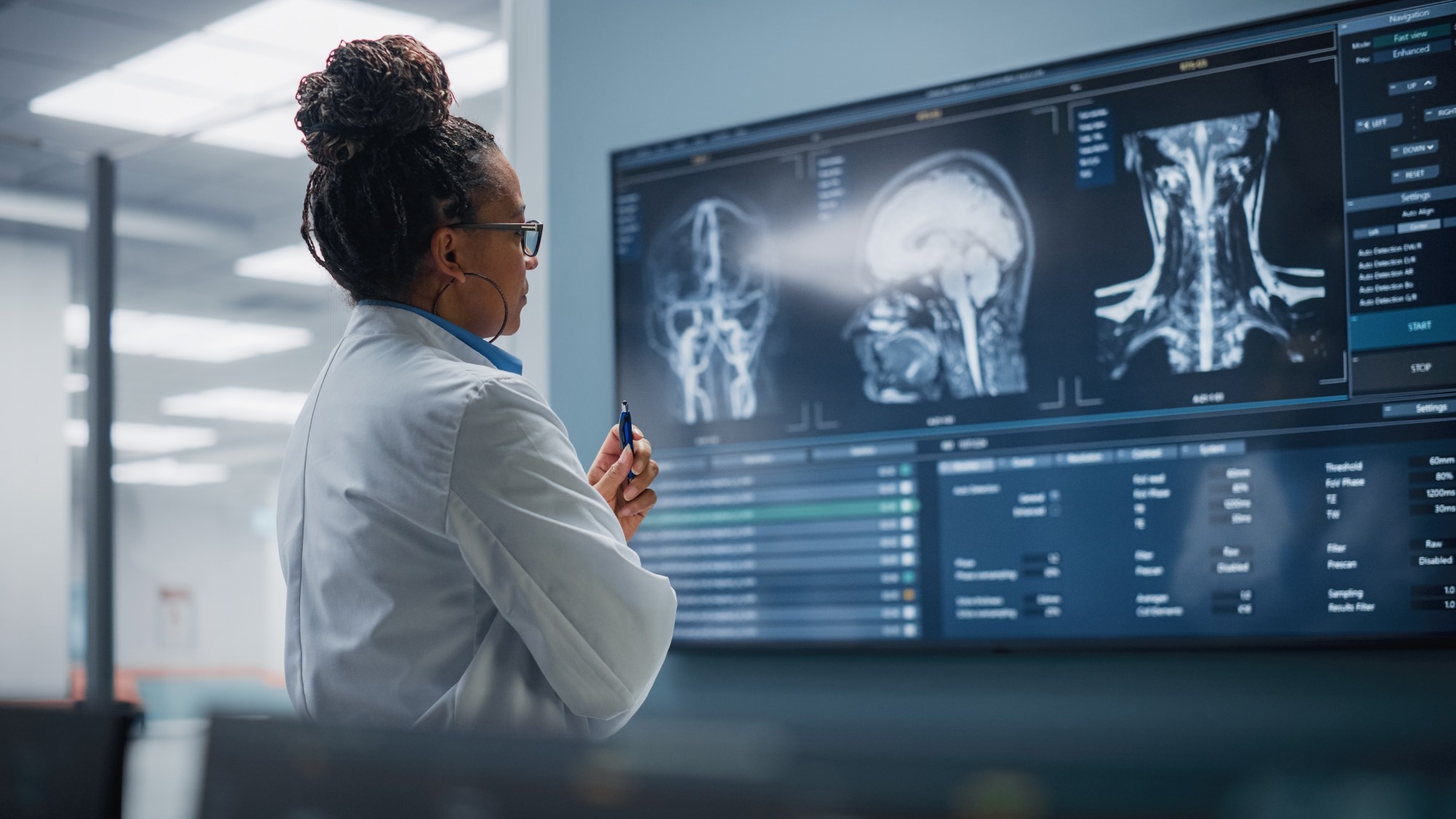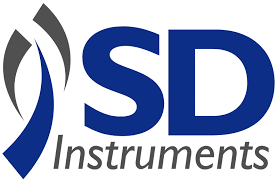American psychologist Calvin S. Hall established the open field test (OFT) in 1932 to assess animal emotionality.1 The OFT has evolved since then with modern technology, and its capacity to assess drug impacts on animal behavior has significantly affected the neuroscience and psychopharmacology fields.2
This article explores the role of the locomotor activity test, a variation of the OFT, and its usefulness in understanding spatial perception and related neurological phenomena. It will discuss how research has utilized locomotor activity technology and San Diego Instruments’ contribution to expanding the boundaries of scientific understanding.
The locomotor activity test
At its core, locomotor activity tests involve tracking an animal while moving within a confined arena. These experiments, typically conducted on rodents, capture ambulatory behavior by measuring speed, rest intervals, and distance traveled.3,4
Movement is commonly tracked using video-based or photobeam systems. Video tracking employs cameras sensitive to visible or infrared light to capture the subject’s movement and photobeam setups utilize infrared photoemitters and detectors to triangulate the animal’s location as it moves. Scientists may select one or both approaches to enhance surveillance based on experimental needs.4
The gathered data can be visualized using locomotor zone maps, which can be displayed as heat or density maps. These maps show the subject’s movement path and the time spent in particular areas, offering indispensable insights into spatial perception and behavioral responses. They also help further understanding of the subject’s locomotion and how it interacts with the environment.4
Locomotor activity testing in neuroscience and psychopharmacology
The many aspects of locomotor activity provide explanations for events happening at the molecular level and for the emergent characteristics of movement, motivation, and learning.
In a study aimed at understanding the role of the D3 dopamine receptor in rodent locomotor behavior and its potential link to neuropsychiatric disorders, the locomotor activity test allowed scientists to quantify the effects of D3 receptor agonists on mouse movement behavior.
This helped to establish that D3 receptor stimulation inhibits novelty-stimulated locomotion and provides conditions for in vivo administration of D3 receptor agonists.5
Locomotor activity tests have also been used to investigate endogenous timing systems, the downstream effects of genetic manipulation on locomotion, the impact and temporal value of pharmacological agents on disease, and locomotor changes in neuropsychiatric conditions.6

Image Credit: Gorodenkoff/Shutterstock.com
Photobeam Tracking: the PAS-Home cage and PAS-Open field
San Diego Instruments has pioneered innovative technology in locomotor activity testing, offering two systems that have transformed how scientists study animal behavior: the Photobeam Activity System-Home Cage (PAS-HC) and the Photobeam Activity System (PAS)-Open Field.
The PAS-HC utilizes a 4×8 photobeam setup to precisely capture and monitor the movement of mice or rats within their home cage environments. Instantaneous reporting of beam breaks removes the need for specialized calibrators, guaranteeing precise locomotor behavior measurements.
The system’s advanced software also allows for detailed recording and analysis of various locomotor patterns, including central peripheral activity, rearing, ambulation, and fine movements. The PAS-HC can accommodate as many as 48 test stations and include an optional rearing frame for as many as 24 stations, offering both versatility and scalability.7
The PAS-Open Field provides scientists with an all-encompassing toolkit for open-field testing. It features a 16×16 photobeam array to track animal movement with precision. The system’s advanced software improves analysis by allowing predefined research parameters, automated test sessions, and instantaneous beam break displays.
Notably, the PAS-Open Field can generate and use zone maps in the X and Y dimensions, facilitating precise data analysis with customizable spatial divisions. The software further enhances results by categorizing beam breaks into ambulations, fine movements, and rearing based on distance, increasing result accuracy.8
A new horizon in locomotor activity testing
From its origins as the OFT to modern technologies like the PAS-HC and the PAS-Open Field, locomotor activity tests have driven significant advancements in neuroscience and psychopharmacology, uncovering complex connections between genetic factors, environmental interactions, and drug effects on locomotion.
San Diego Instruments’ leading innovation has enabled scientists to explore spatial perception more deeply, bridging the gap between behavior and neural mechanisms.
As the understanding of locomotor activity evolves, these tools continue to expand knowledge of animal navigation within their environments, paving the way for improved therapeutic interventions and a more profound understanding of the brain-body relationship.
References and further reading
- Hall, C.S. (1934). Emotional behavior in the rat. I. Defecation and urination as measures of individual differences in emotionality. Journal of Comparative Psychology, 18(3), pp.385–403. https://doi.org/10.1037/h0071444.
- Choleris, E. (2001). A detailed ethological analysis of the mouse open field test: effects of diazepam, chlordiazepoxide and an extremely low frequency pulsed magnetic field. Neuroscience & Biobehavioral Reviews, 25(3), pp.235–260. https://doi.org/10.1016/s0149-7634(01)00011-2.
- Belovicova, K.,et al. (2017). Animal tests for anxiety-like and depression-like behavior in rats. Interdisciplinary Toxicology, 10(1), pp.40–43. https://doi.org/10.1515/intox-2017-0006.
- Behaviorcloud. (2017). Open Field Activity Tracking Webinar with BehaviorCloud & San Diego Instruments | BehaviorCloud. [online] Available at: https://www.behaviorcloud.com/2019/07/17/Open-Field-Activity-Tracking-Webinar-with-BehaviorCloud-San-Diego-Instruments.html [Accessed 22 Nov. 2024].
- Pritchard, L.M., et al. (2003). 7-OH-DPAT and PD 128907 Selectively Activate the D3 Dopamine Receptor in a Novel Environment. Neuropsychopharmacology, 28(1), pp.100–107. https://doi.org/10.1038/sj.npp.1300018.
- Team, Az.C. (2021). What is the Locomotor Activity Test? [online] San Diego Instruments. Available at: https://sandiegoinstruments.com/what-is-the-locomotor-activity-test/.
- San Diego Instruments. (2023). Locomotor Activity | Test | Photobeam Activity System. [online] Available at: https://sandiegoinstruments.com/product/pas-homecage/ [Accessed 22 Nov. 2024].
- San Diego Instruments. (2022). Photobeam Activity System | Open Field | Locomotor Activity Test. [online] Available at: https://sandiegoinstruments.com/product/pas-open-field/ [Accessed 22 Nov. 2024].
About San Diego Instruments, Inc.
For more than 30 years, San Diego Instruments has served the scientific community as a comprehensive resource for the design, manufacture and distribution of behavioral neuroscience research instruments used in human and animal studies. Utilized in laboratories and cited in research papers worldwide, SDI systems have come to represent the industry standard for quality and longevity. Our premier SR-LAB™ is the world’s most widely used startle response system. At SDI, our commitment to developing quality products that stand the test of time is matched only our dedication to excellent customer service. We take pride in our ever-growing core of loyal clientele.
SDI behavioral neuroscience research systems afford you the utmost in quality and performance, giving you the edge in an industry where Power, Flexibility and Ease of Use are everything.
Sponsored Content Policy: News-Medical.net publishes articles and related content that may be derived from sources where we have existing commercial relationships, provided such content adds value to the core editorial ethos of News-Medical.Net which is to educate and inform site visitors interested in medical research, science, medical devices and treatments.